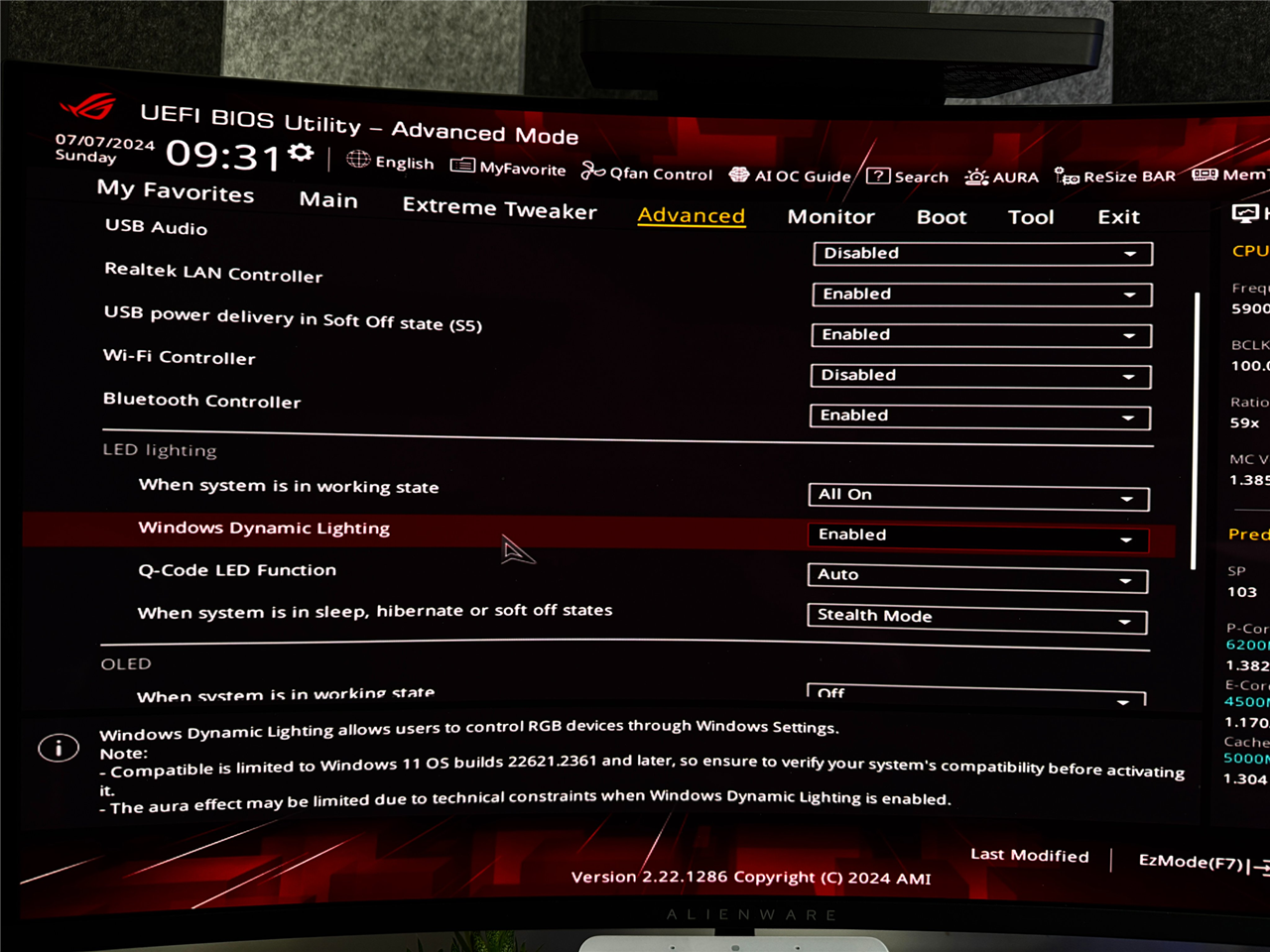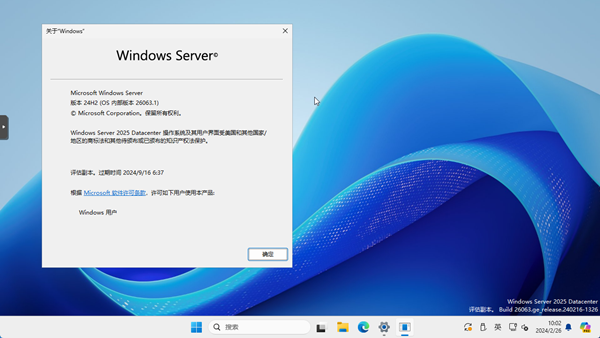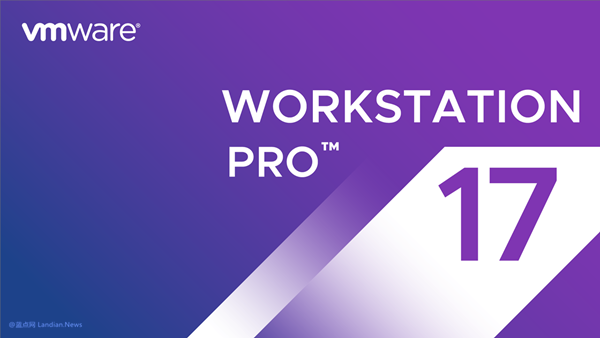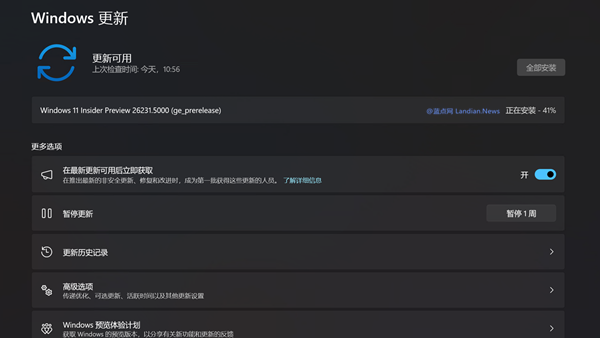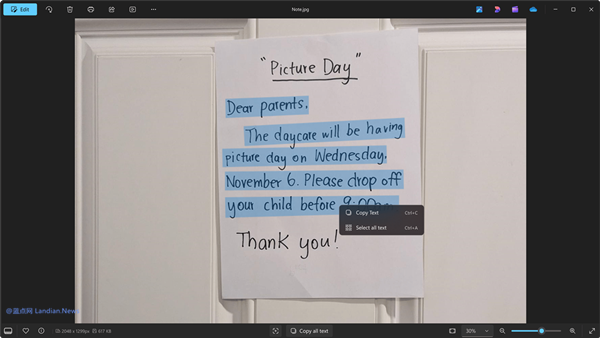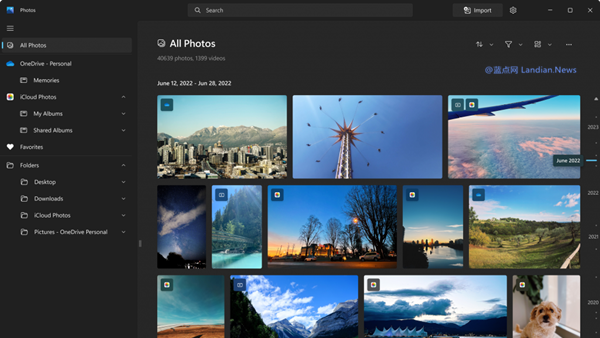ASUS Launches Beta BIOS Firmware to Support Native RGB Dynamic Lighting Control in Windows 11
In 2023, Microsoft introduced an RGB dynamic lighting control feature in Windows 11, offering the advantage of unified control over various devices' RGB lighting through a new API interface, eliminating the need for installing specialized software developed by OEMs.
This development requires OEMs to adapt their products to the new API interface. Once adapted, users will be able to adjust RGB lighting settings directly within Windows 11, including turning them on or off, changing colors, and adjusting brightness.
ASUS has now begun testing this new feature, rolling out a new version of BIOS firmware for select Intel Z790 motherboards and some AMD motherboards. Updating to this firmware enables the use of RGB dynamic lighting control.
Hardware manufacturers have increasingly incorporated RGB lighting into various devices, including adding strip lights to motherboards, RGB lighting to water cooling systems, memory module covers, and backlighting for keyboards and mice.
Controlling RGB lighting for most devices typically requires dedicated software. For instance, the Cherry mechanical keyboard's backlight used by Landian.news requires the Cherry Utility for control, which cannot yet be set directly within the system.
For users with multiple RGB-equipped devices, this could necessitate installing numerous control applications. However, with Microsoft's development of unified lighting control, managing lighting preferences will become much simpler for users in the future.
As of now, most OEMs have yet to integrate Microsoft's new API. ASUS is among the first manufacturers to explore this new feature. With the updated BIOS firmware, users can enable the "Windows Dynamic Lighting" option, allowing direct use of this feature within Windows 11 settings.
Once the new firmware is installed, there's no longer a need to use the ASUS Armory Crate suite, paving the way for a future where manufacturers no longer need to develop dedicated software and users won't have to install as many applications.
